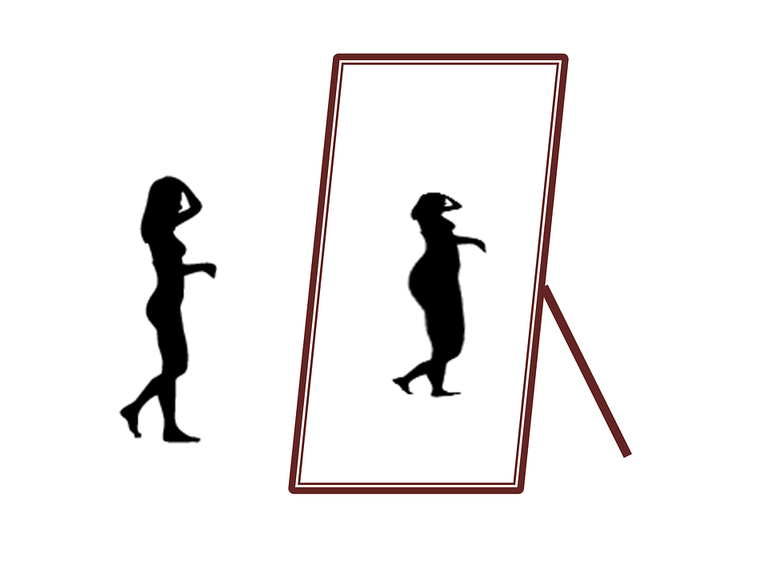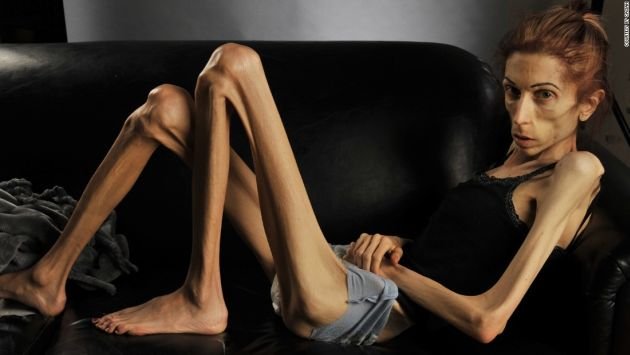What is it about?
This is a very strong symptom and always present in young people who are afraid of weight gain, also tend to suffer from a distortion of their image, their perception of body size is generally altered, especially in face, torso and abdomen.
This decrease in appetite is accompanied (in hyperactive people) by the increase in physical activities to burn more calories. In people who do not have this condition, not feeding will cause the opposite, weakness, fatigue, sleep, etc.

Some people enjoy preparing food for others or eaten in secret, after that, induce vomiting, use of laxatives or diuretics.
What criteria to take into account to suspect anorexia?
• Refusing to have a minimum weight suitable for your height / weight according to your age.
• Exaggerated fear of weight gain.
• Alteration of the perception of your body size.
• Absence of at least 3 menstrual cycles or a marked decrease in bleeding during menstruation.

What types of anorexia nervosa can we find?
1. Restrictive anorexia.
In it the person is limited in food intake. Does not eat or purge (use of laxatives, vomit, diuretics or enemas).
2. Purging anorexia.
The individual is limited in food intake, however he performs meals and then purges with the use of laxatives, induction of vomiting, diuretics or the use of enemas.
What complications can we see?
They will be classified into 3 types:
1. Secondary to caloric and protein malnutrition.
A decrease in food intake decreases the elements needed by the body's systems for proper functioning.
2. Precipitated by feedback.
When treating a malnourished person, one should gradually increase the food intake since the organism has lost the capacity to metabolize large quantities of elements.
3. Due to vomiting.
Knowing that hydrochloric acid is produced in the stomach which is responsible for the digestion of food, induce vomiting, this is expelled through the upper digestive tract, damaging the walls of the esophagus, pharynx and mucosa of the mouth.

Mari.
If you liked this article, give it to resteem, so the information will be shared and it will reach more people.
Bibliography:
Harrison Principios de Medicina Interna 18a Edición.
Farreras Rozman Medicina Interna 17ª Edición.
Images:
Google Images '' labeled for reuse '', source: Wikimedia Commons.
Google Images '' labeled for reuse '', source: Flickr.
Google Images '' labeled for reuse '', source: Pixabay.